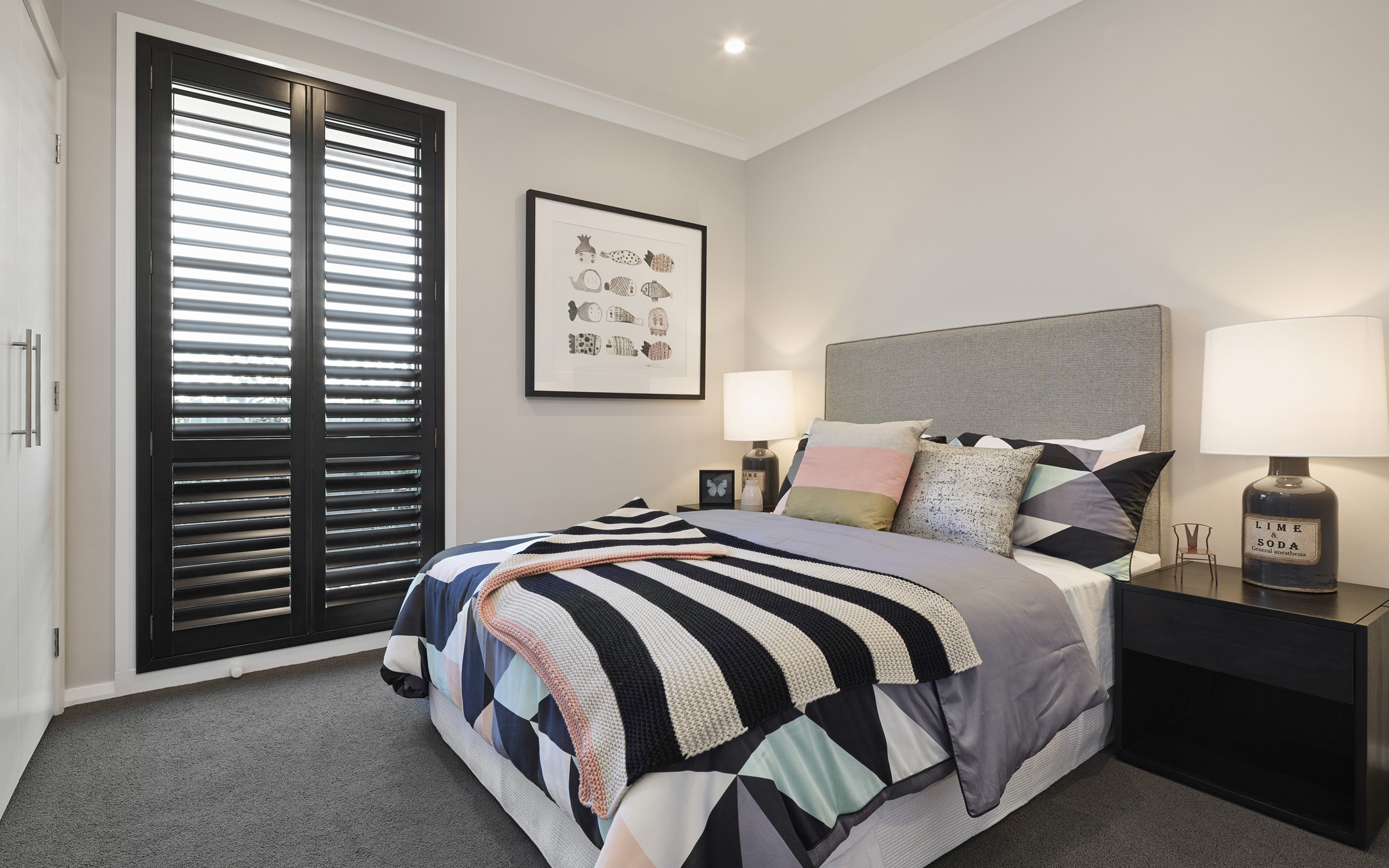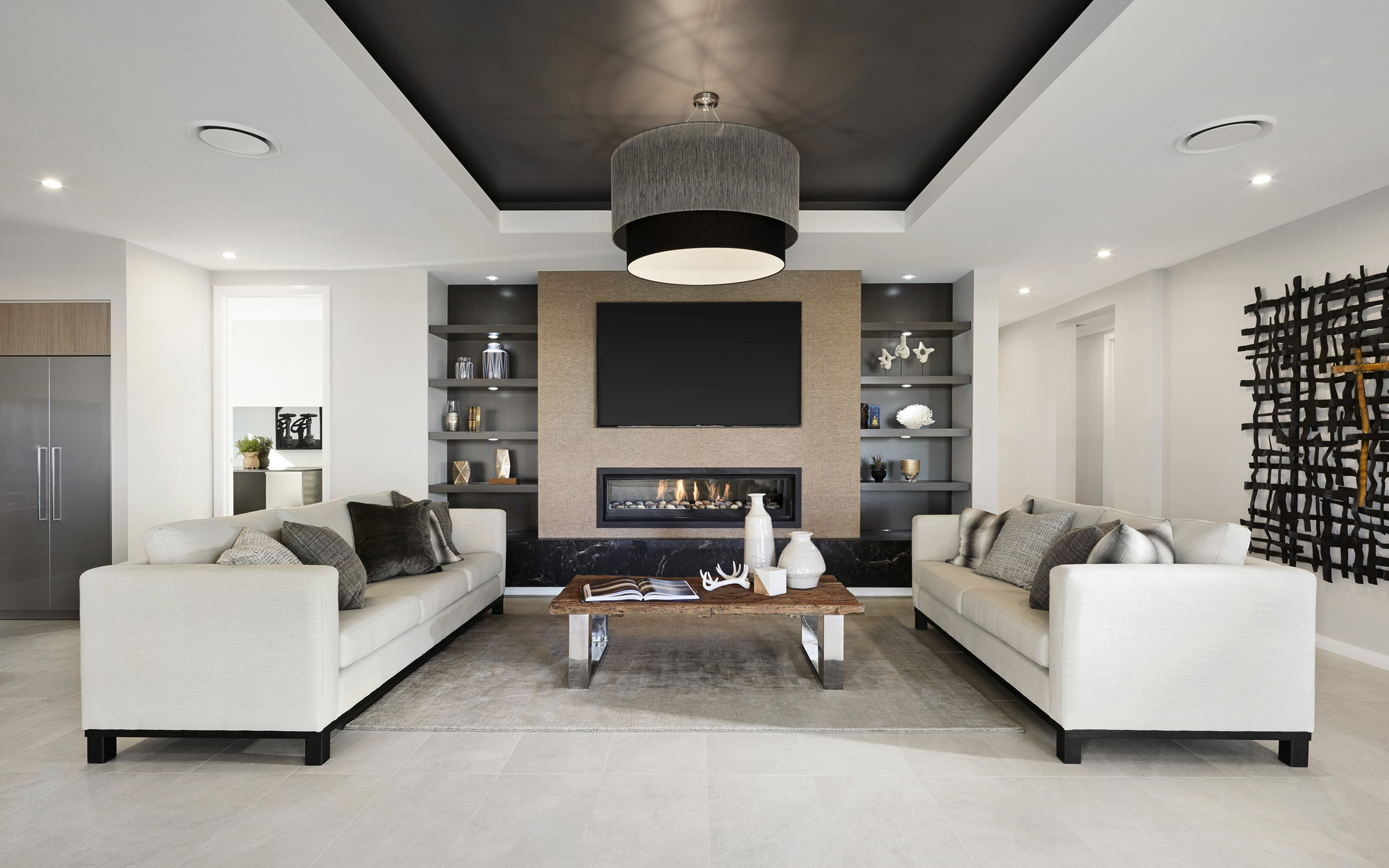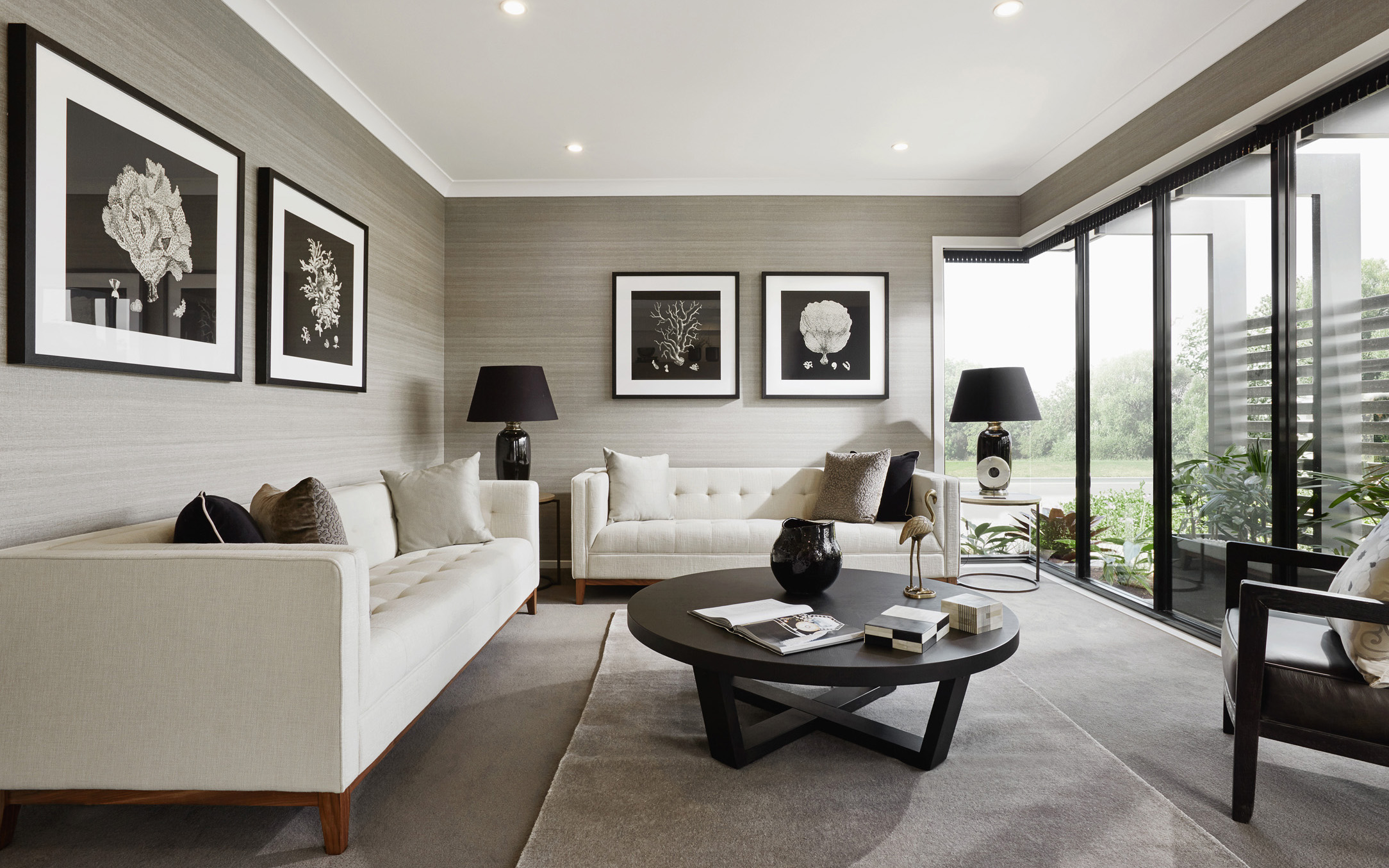Sustainable living
How to Keep You and Your Home Warm in Winter
On a beautiful, sunny winter’s day there is nothing better than curling up in your cosy, warm house. Unfortunately, given the Australian climate, our homes are generally designed to keep cool in the summer months rather than staying warm in our shorter winter.
1. Insulate
Ceiling, wall and under the floor insulation are instrumental when keeping your house warm in winter and cool in summer. You can also expect a reduction in your energy consumption of at least 45% which will translate into big savings for when paying expensive electricity and has bills.
2. Seal in the Heat
Often it is difficult to prevent heat from escaping through the cracks in your home. Heat can escape via your walls, windows and even the ceiling. Ensure that you inspect your home annually so that you can seal these gaps and increase your home’s energy efficiency by up to 15 – 20%. Simple measures such as using door jams to limit draughts, closing doors to section your home and drawing blinds and curtains, will all result in heat being retained.

3. Window Dressing
As light streams in through your windows, the sunshine provides heat that will warm your home. Conversely, the unprotected window will allow heat to escape, requiring extra energy and increased cost to the family budget. When choosing window furnishings you might prefer washable fabric curtains, durable wooden slats, privacy screens or window shades that can be easily manipulated using automatic controls.
4. Check the temperature
Aim to keep the room temperature at approximately 20 degrees in the winter. This is a comfortable temperature for most people and ensures energy consumption remains constant and affordable. If you find yourself unable to maintain an even temperature in your home, consider installing a programmable thermostat that takes away the worry of regulating the heat. And finally, if all else fails throw on a jumper and scarf rather than increasing the heat.
5. Warm up your floor
Rugs can act as extra insulation, preventing the cold from rising, and also protecting your feet from the chilly floor. Alternately, you could install an underfloor heating system to heat either your entire home or a specific area. There are a range of underfloor heating options available to suit all types of flooring, and are generally either cast in a concrete floor slab or placed under the floor covering. Electric heating systems provide heating options while hydronic underfloor systems can also cool the room.
6. Reverse ceiling fans
If you are planning to install ceiling fans to keep cool during summer, look for a model that also has a reverse switch. Warm air naturally rises, so when the fan blades turn anti-clockwise, the warm air is pushed down from the ceiling. A perfect way to warm your home.
7. Maintain your heaters
Before purchasing a heater, research the various types and models to ensure you select the most efficient option for the size and space you wish to heat. To avoid safety issues ensure that you regularly maintain your heaters.
8. Close up your rooms
With every door you keep open, your heating system has to work a little harder to distribute the warmth. On those really cold days at home, close doors throughout your home to keep the heat within a defined space.
9. Rug up!
If you still feel the cold once your heating system has been set at a consistent and comfortable 20 degrees, it is time to use some common sense and put on some fluffy slippers and an extra jumper. Remember to keep some lap rugs over the back of the lounge chair, so that you can curl up under a blanket on those really cold days.
https://environmentvictoria.org.au/resource/10-tips-warm-house/
https://www.choice.com.au/home-and-living/heating/home-heating/articles/how-to-keep-warm-this-australian-winter-170915




